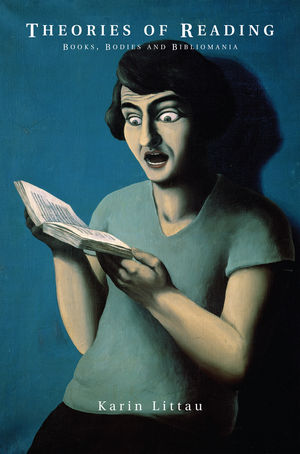Theories of Reading: Books, Bodies, and BibliomaniaISBN: 978-0-7456-1659-9
Paperback
208 pages
December 2006, Polity
 This is a Print-on-Demand title. It will be printed specifically to fill your order. Please allow an additional 10-15 days delivery time. The book is not returnable.
Other Available Formats: Hardcover
|
||||||
While literary theorists have greatly contributed to our understanding of the text-reader relation, they have rarely taken into account that the relation between a book and a reader is also a relation between two bodies: one made of paper and ink, the other flesh and blood. This is why, Karin Littau argues, we need to look beyond the words on the page, and pay attention to the technical innovations in the physical format of the book. Only then is it possible to understand more fully how media technology has changed our experience of reading, and why media history presents a challenge to our conceptions of what reading is.
Each chapter places the reader in specific disciplinary and historical contexts: literature, criticism, philosophy, cultural history, bibliography, film, new media. Overall, the history recounted in this book points to a split between modern literary study which regards reading as a reducibly mental activity, and a tradition reaching back to antiquity which assumed that reading was not only about sense-making but also about sensation.
Theories of Reading: Books, Bodies and Bibliomania will be essential reading for all students and scholars of literary theory and history as well as of great interest to students of the history of the book and new media.



